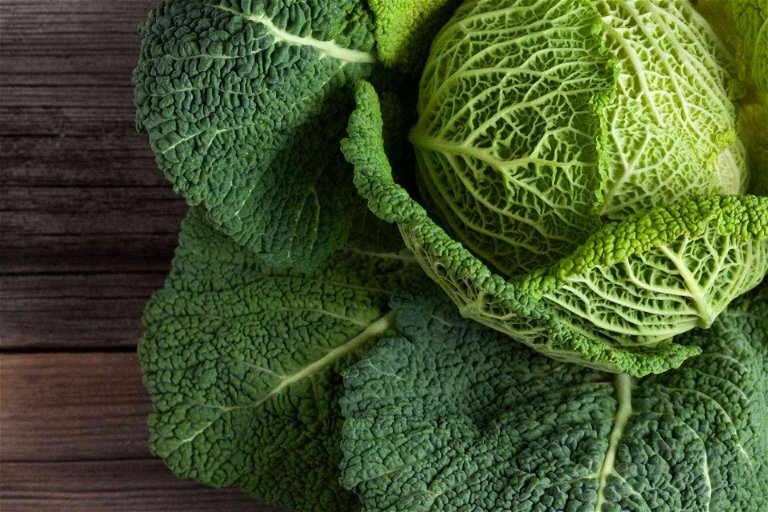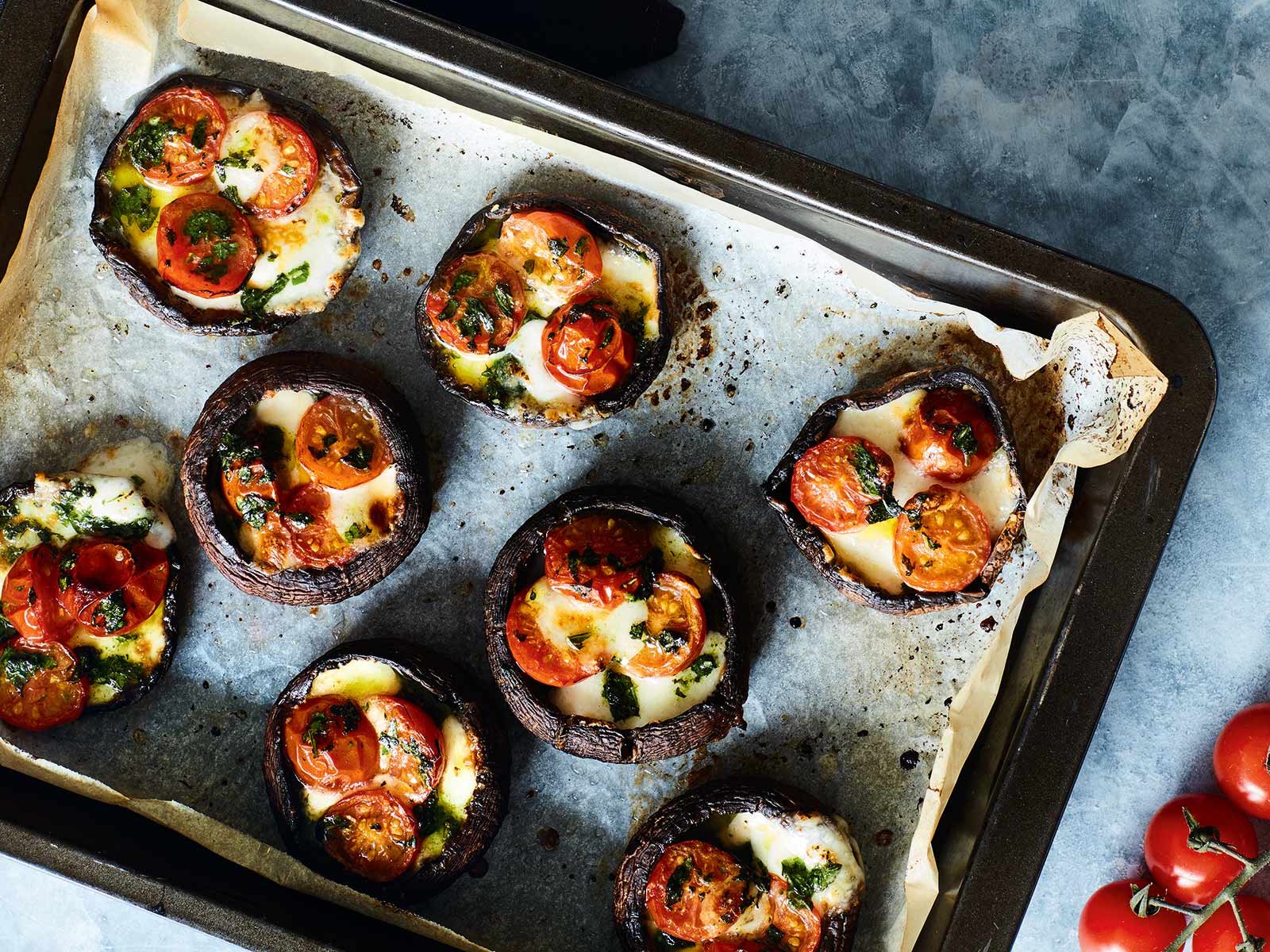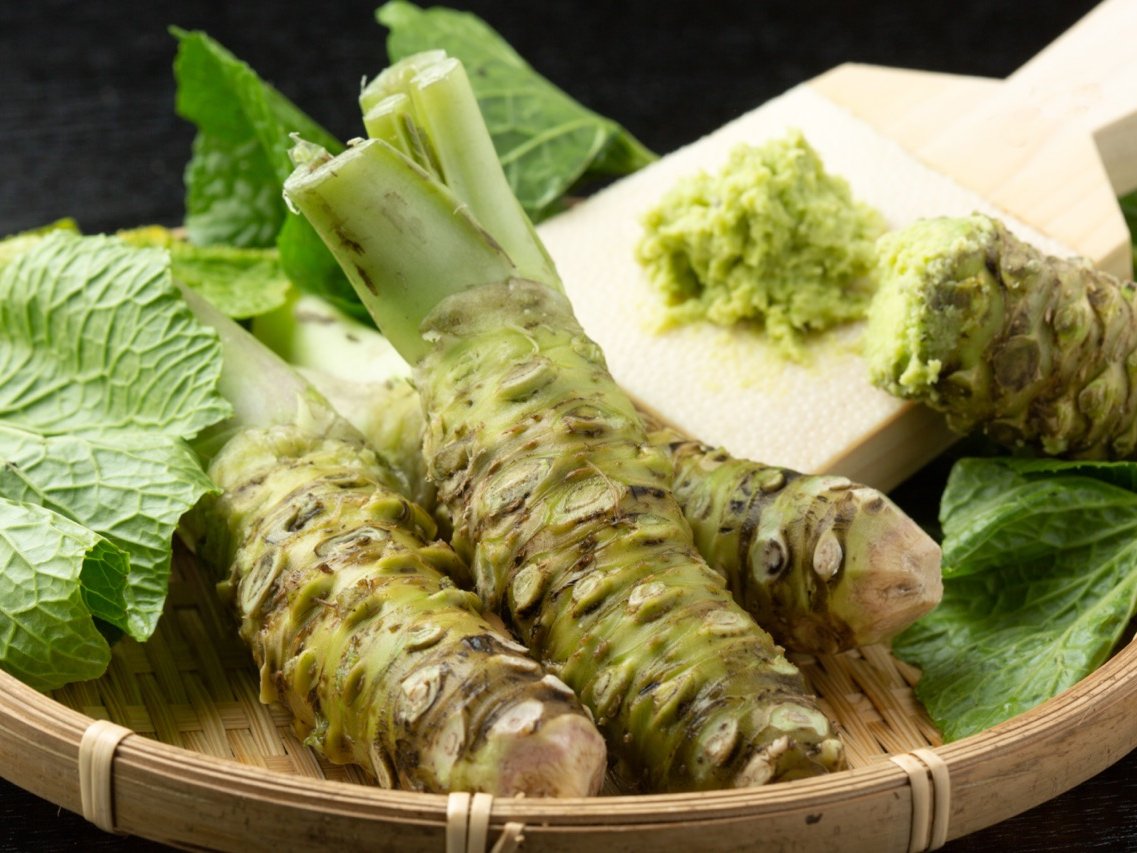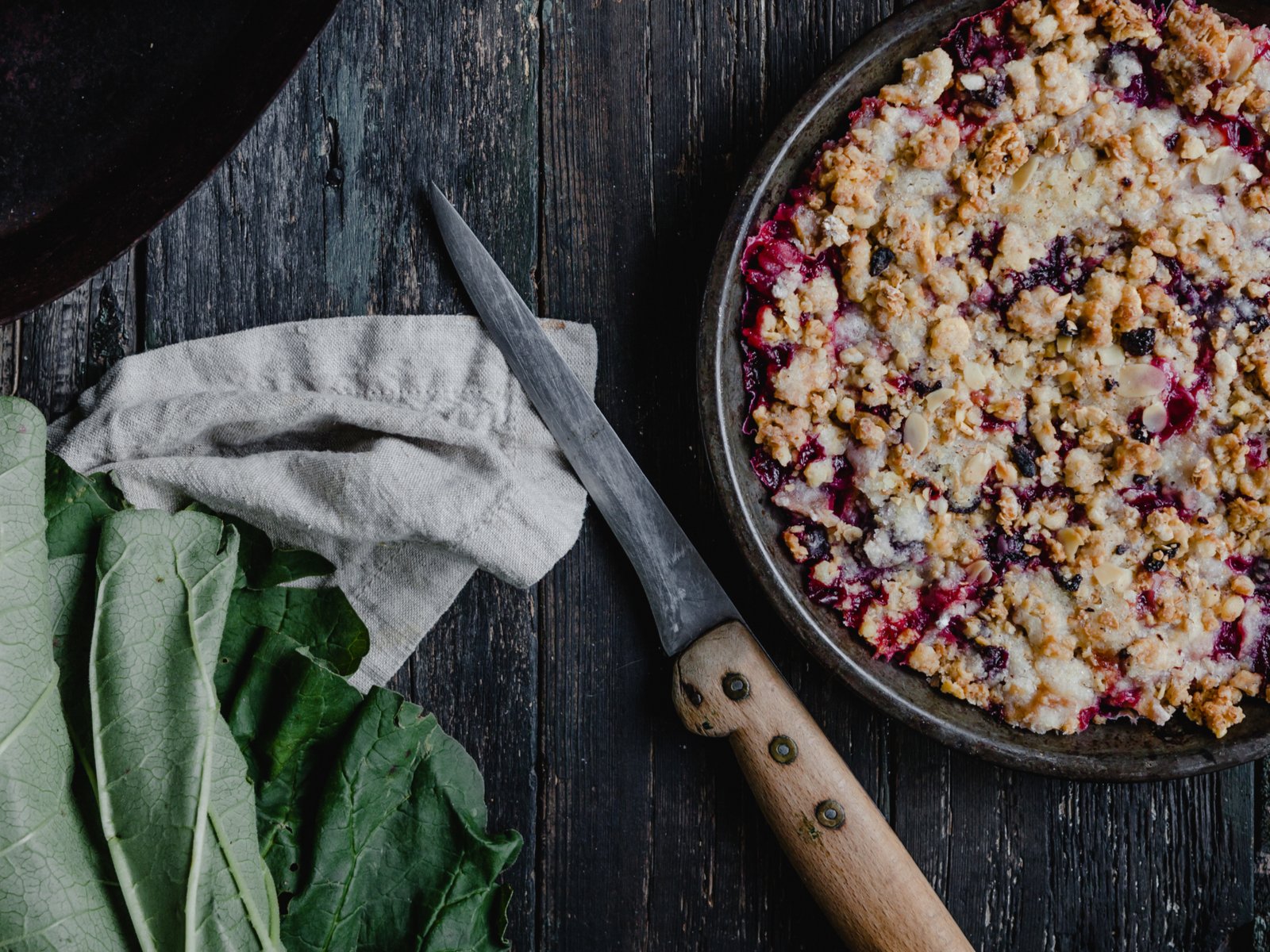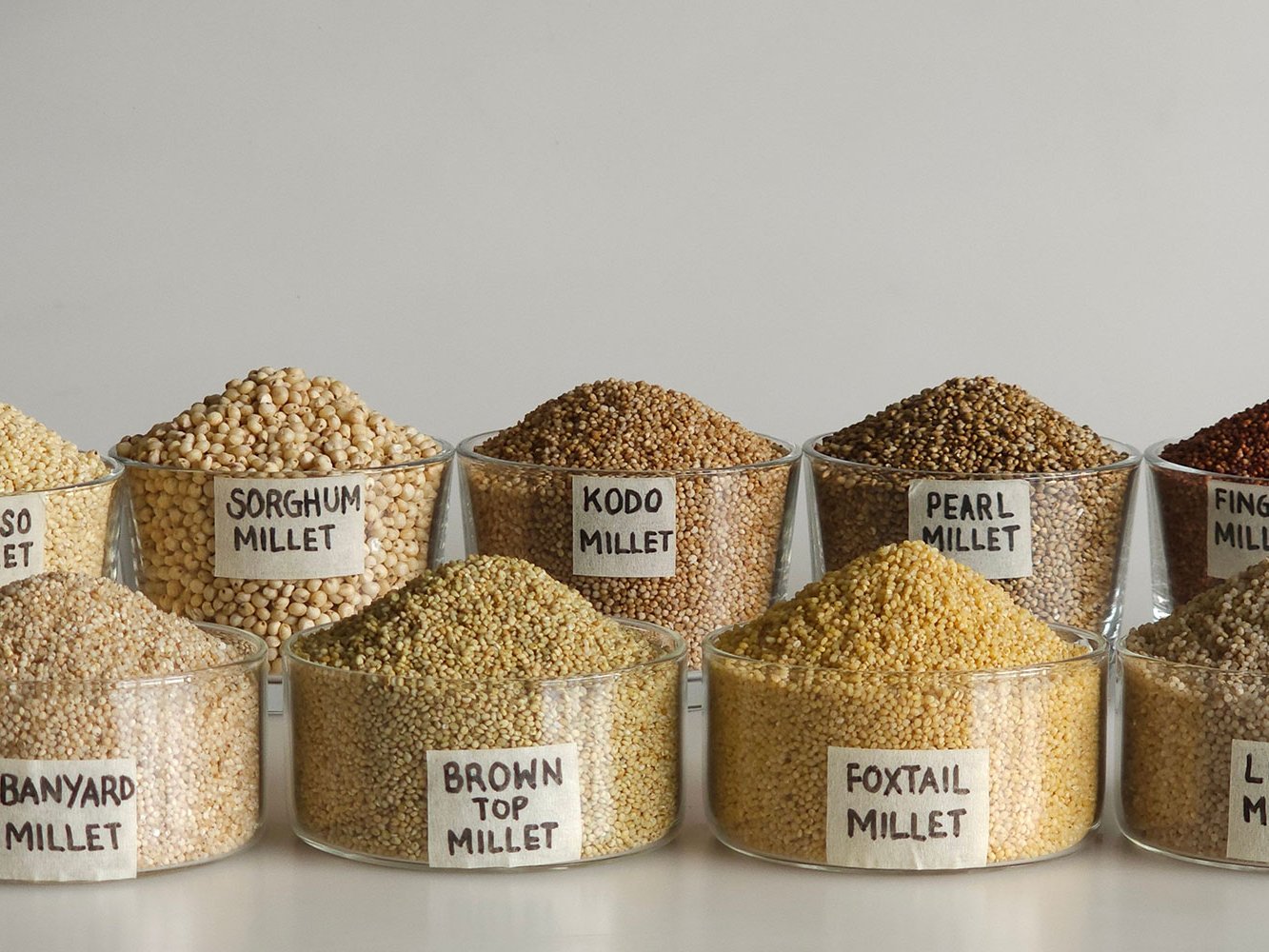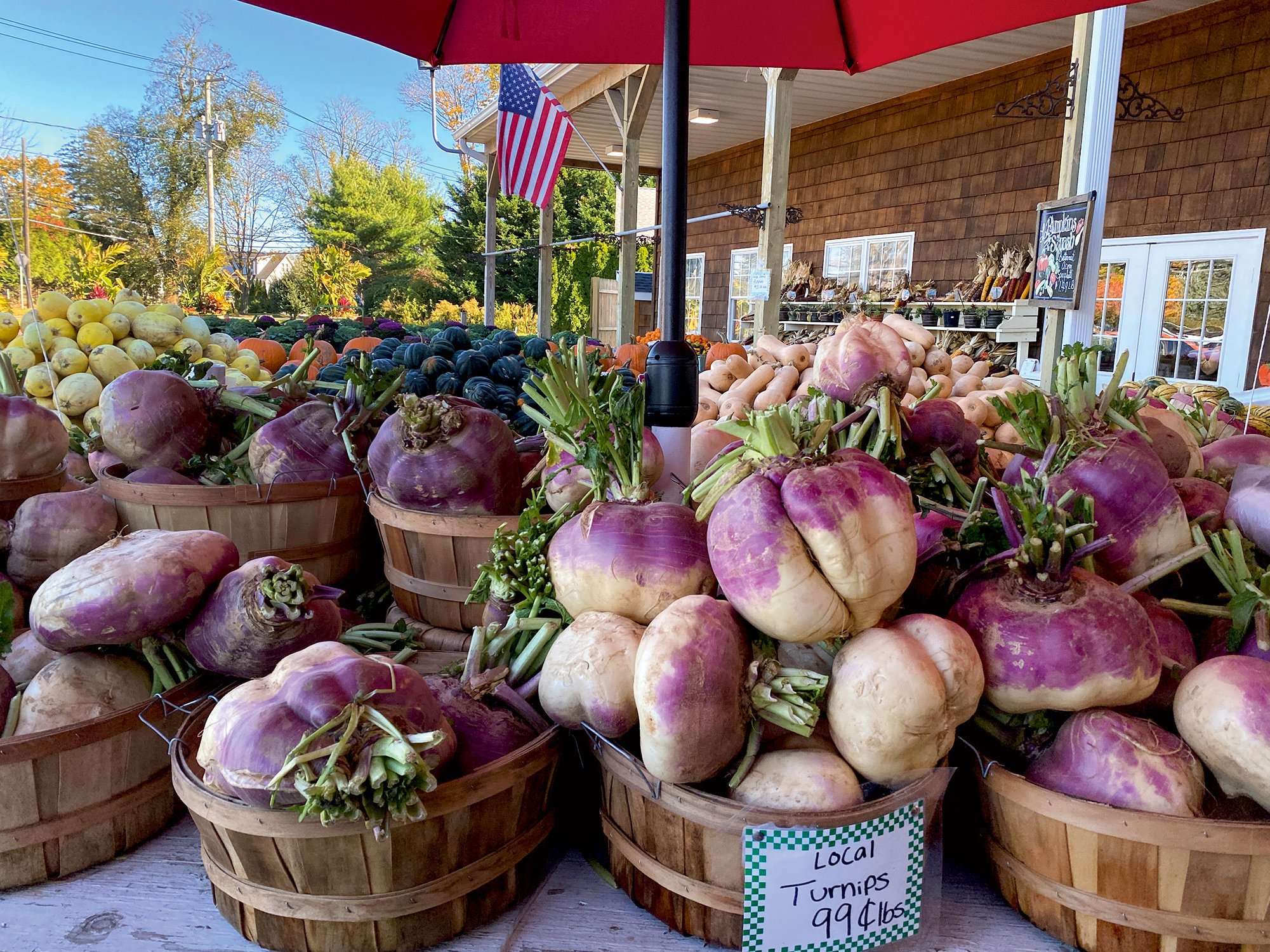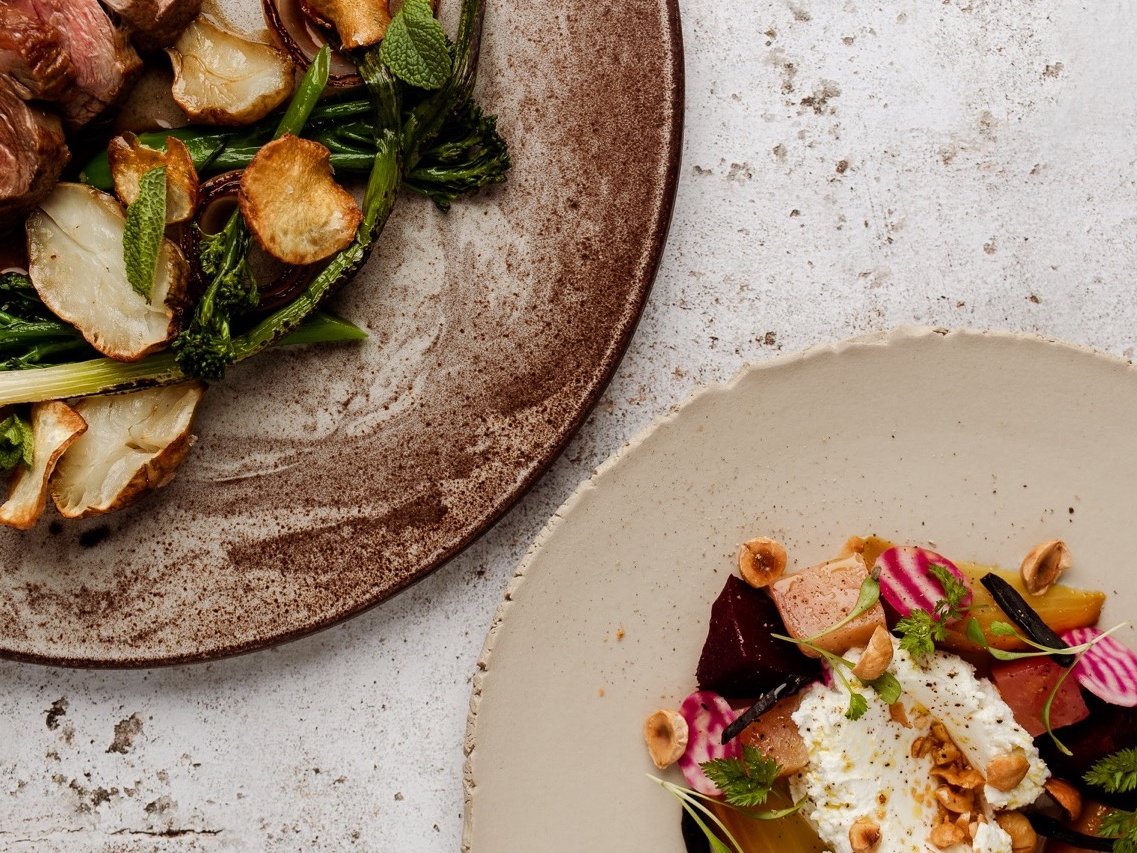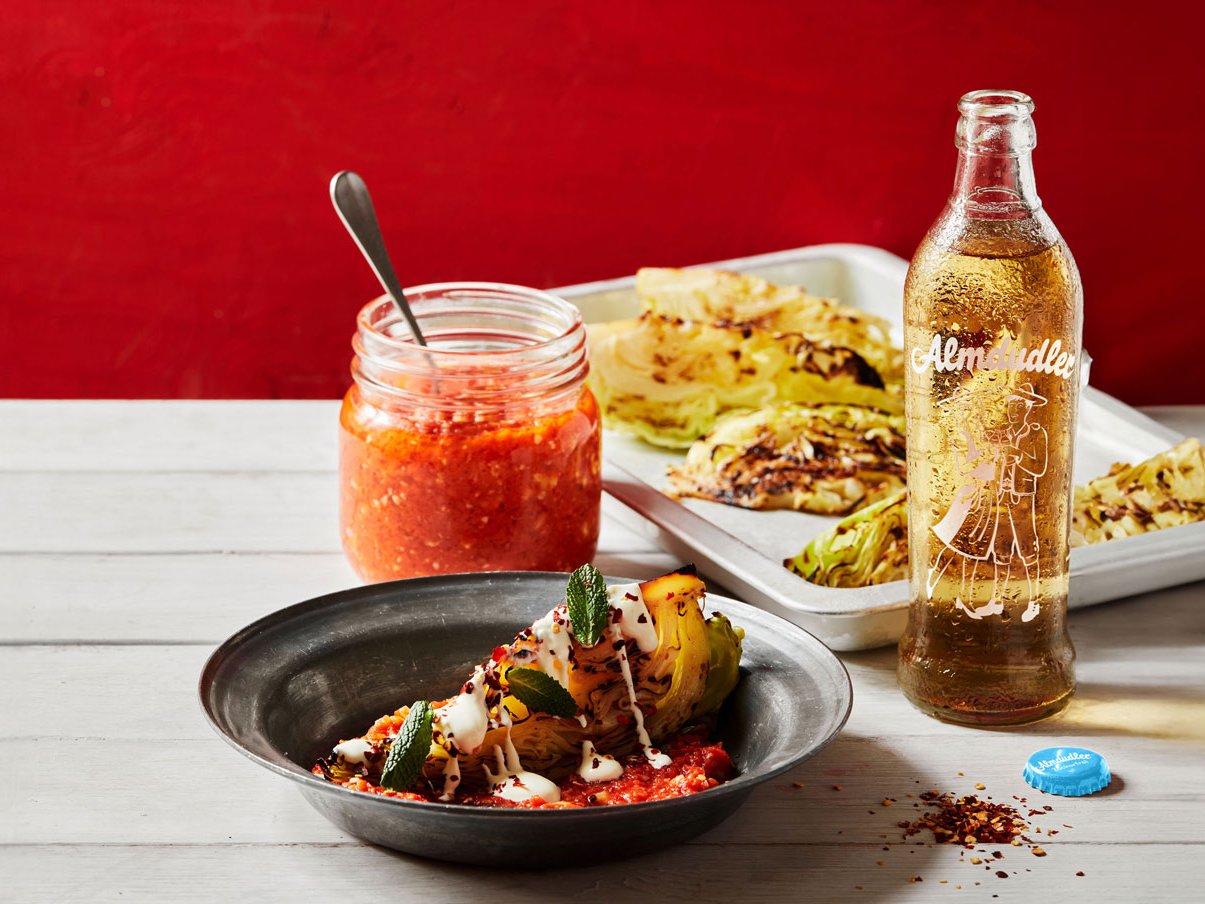When butter meets greens – how to make vegetables shine
We are all told to eat our greens – and when done right, like we suggest here – this becomes a tasty and healthy treat.
Something magical happens when butter meets certain vegetables: simply steamed or cooked green veggies all of a sudden attain a luxurious richness. No wonder, since butter itself contains more than 230 volatile compounds – these are flavours we can smell. This is why the food industry has numerous synthetic flavours to mimic – but never quite reach – those wonderful butter flavours. Combined with its emollience that lends a rich texture, these flavours turn butter into a magic and transformative ingredient in the cooking of vegetables. Here are three humble veggies that are elevated by just a little butter and salt.
Leeks
This green wintry vegetable in the allium family is certainly not glamorous. It often takes a supporting role in soups, stews and pies, but here it moves centre stage. This recipe, taken from Julia Child’s, Simone Beck’s and Louisette Bertholle’s seminal 1961 book Mastering the Art of French Cooking, these braised leeks in butter are a melting wonder. You slice cleaned leeks lengthwise and pile them into lidded, heavy saucepan, interspersed generously with small pieces of butter. Fill up with water and bring to the boil. Let boil vigorously and allow some steam to escape, for about 30-40 minutes until the leeks are tender and most of the liquid has evaporated. Transfer them and their buttery liquid to a buttered, ovenproof dish and bake them till golden on top. A truly remarkable dish.
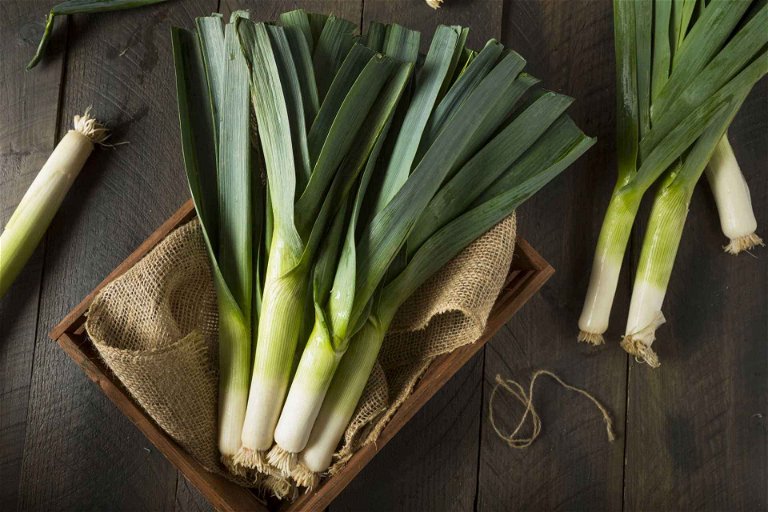
Chicory
These bulb-shaped, pale buds can be enjoyed raw in a lemon and olive-oil vinaigrette and are a perfect leaf to pair with blue cheese and walnut for an autumnal salad. Their fine, slightly bitter flavour, however, is best accentuated when cooked. Slice the chicory lengthwise and put into a lidded, ovenproof dish or a heavy, lidded saucepan. Butter the saucepan or dish, layer the chicory halves with cut sides up, putting little pieces of butter and some white pepper on each. Both a single or a double-layer works fine. Then cover completely with liquid that is a mix of half vegetable stock (granules or stock cubes are fine here) and half dry white wine. Cover and bake at a moderate temperature for about half an hour. This is a wonderful side to poached chicken. If you are serving off-dry wines, such as Riesling or Chenin Blanc, a little honey can be added to the chicory before cooking for a unique and fitting flavour combo.
Celery
Oh yes, these crunchy green sticks that are part of every soffritto and such an essential flavour in stocks and soups can absolutely shine on their own. Clean them and remove the tough strings from the outer stalks of the bunch only. The inner stems are tender enough. Slice into even pieces and wash thoroughly, then put them into a heavy, lidded pan while still dripping. This water will help them steam. Add a generous knob of salted butter, or butter and salt, cover and cook over a gentle heat for ten to 15 minutes or until tender.
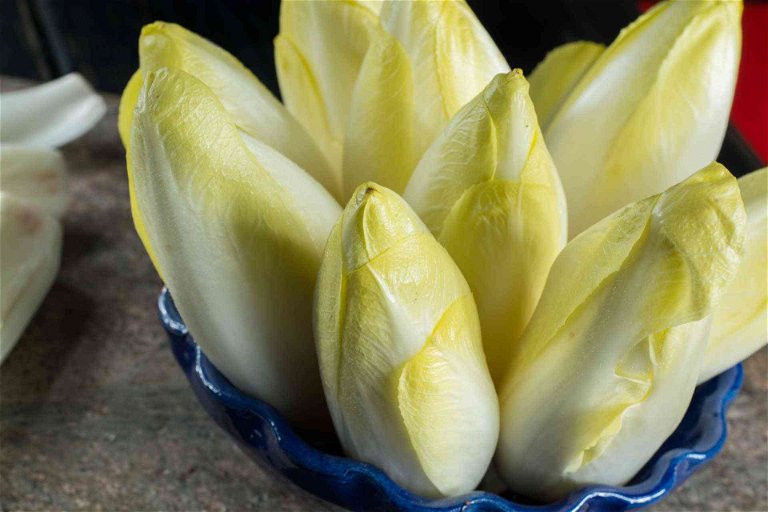
Savoy or pointed spring cabbage
All of us know that uninspiring scent of overcooked, anaemic-looking cabbage – it can put you off for life. But it does not have to be like that. Separate all the leaves, wash them, cut into bite-sized pieces and palace them in a steamer basket of a lidded saucepan you have previously filled with a little water and brought to the boil. Replace the lid and let the leaves steam for four or five minutes or until still crunchy but cooked. Remove the steamer basket with the cooked cabbage, pour out the water and melt a generous knob of butter in the still hot pan. Toss the steamed leaves in the melted butter, season with salt and pepper and enjoy the beautiful flavour.
